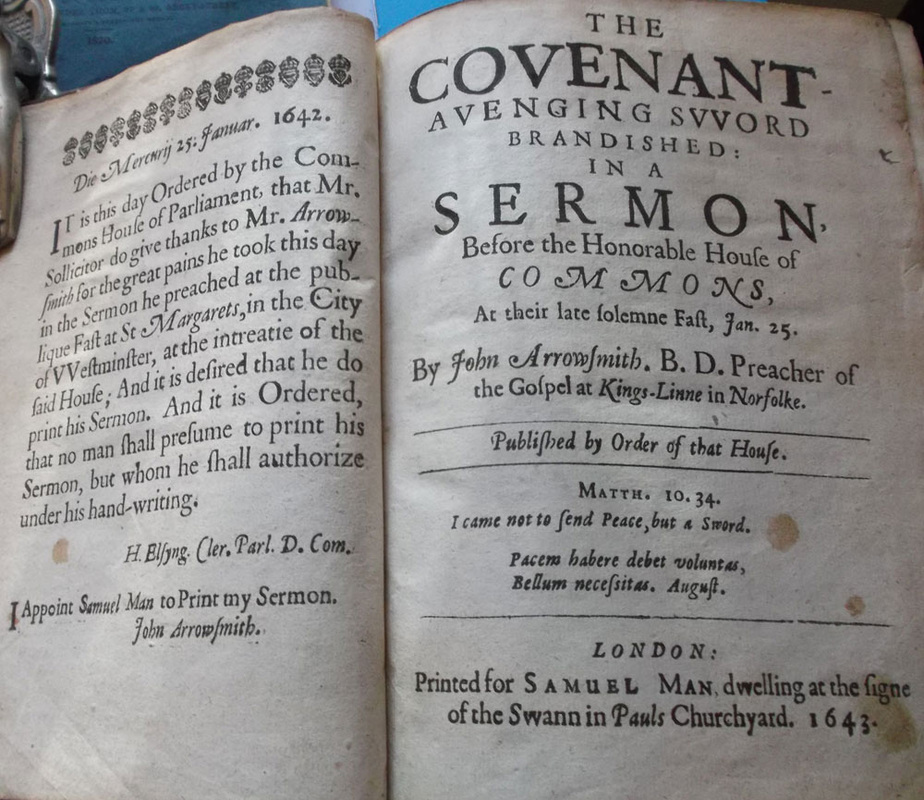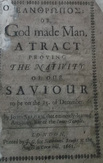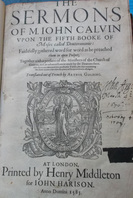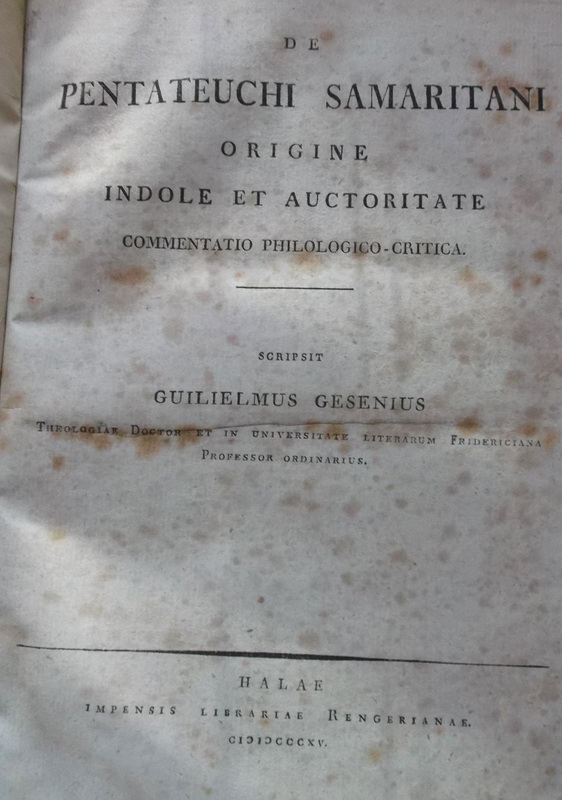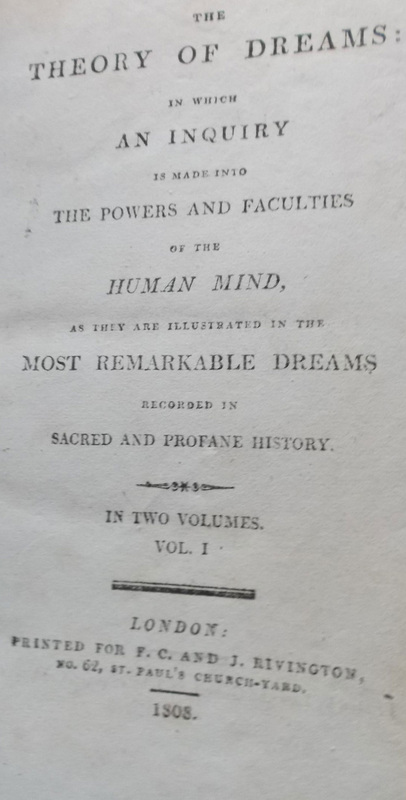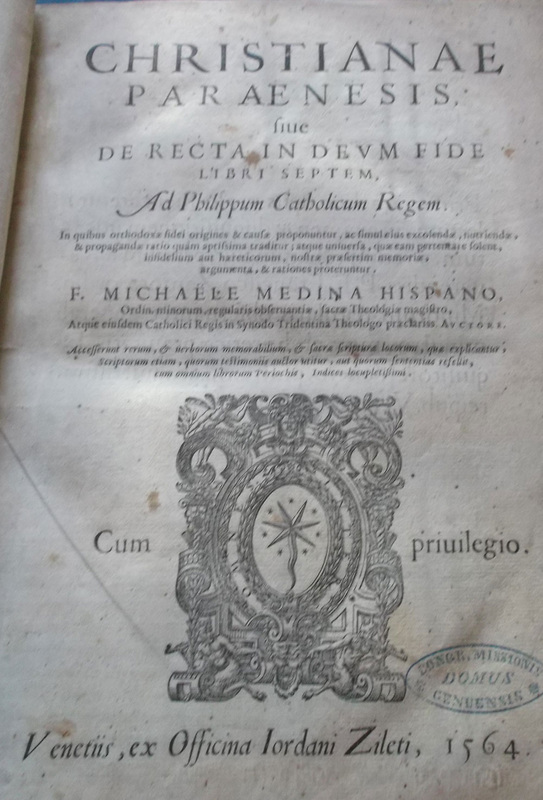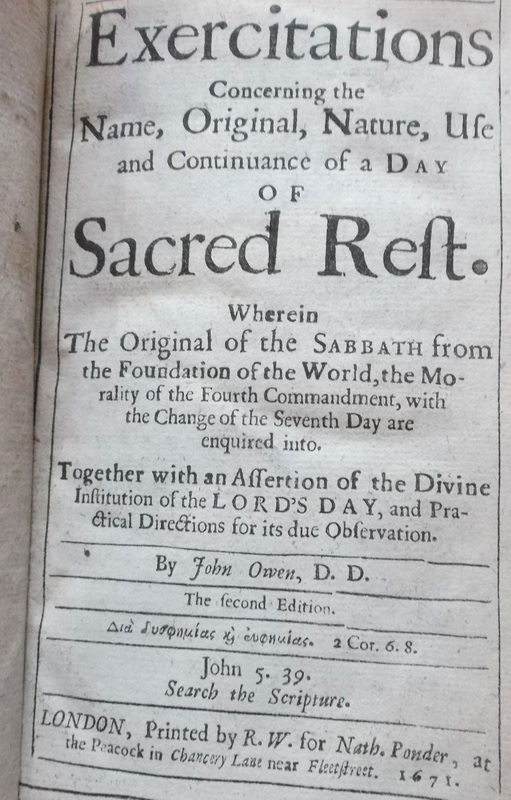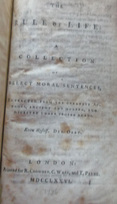Edward Ward, 1667-1731.
|
John Arrowsmith (1602 –1659)
|
John Selden,
|
Robert Bolton,
|
A Collection of Eighteen Papers Relating to the Affairs of Church and State, During the Reign of King James the Second (1689)
|
The Sermons of M. John Calvin vpon the fifth booke of Moses, called Deuteronomie: 1585
|
Pentateuchi Samaritani origine, indole, et auctoritate;-
|
Theory Of Dreams
|
Michael de MEDINA.
|
Exercitations concerning the Name,
|
A Plain Method of Catechizing
|
Partheneia sacra
|
Milner, John ],
|
The Rule of Life:
|


